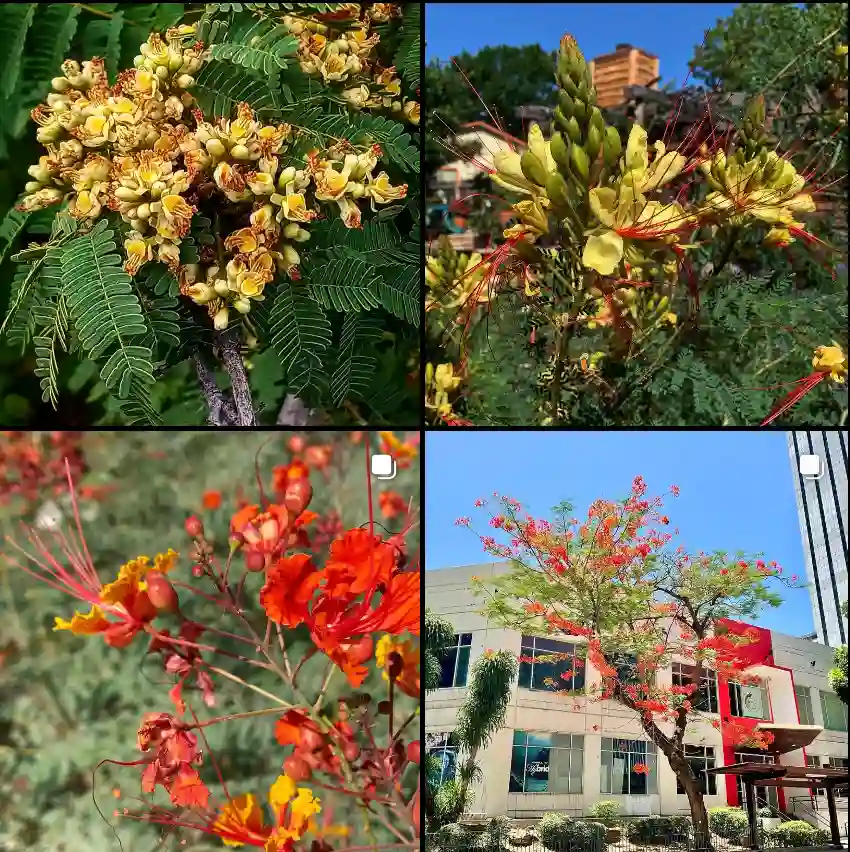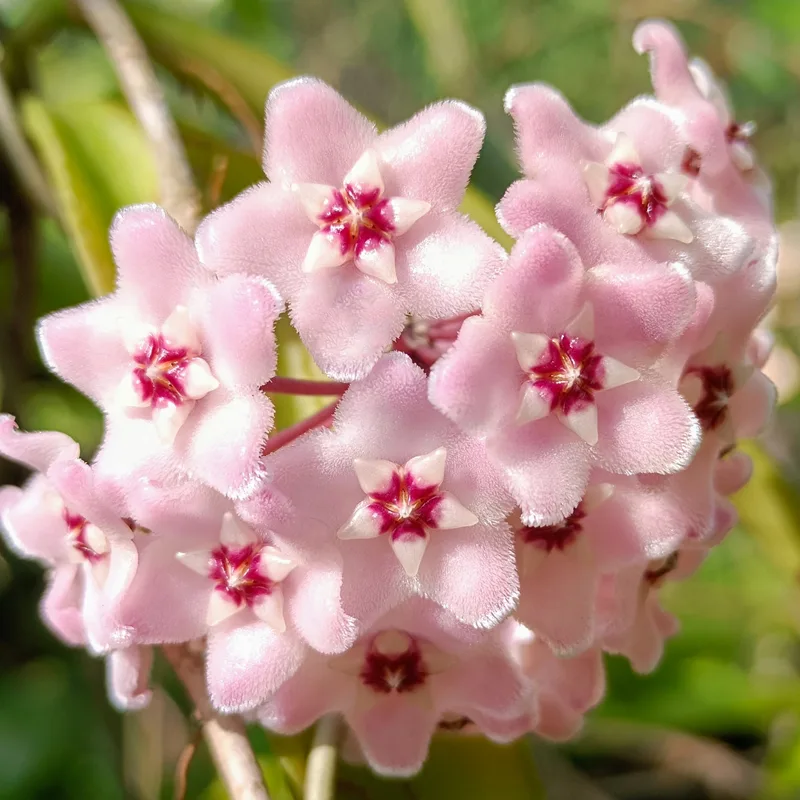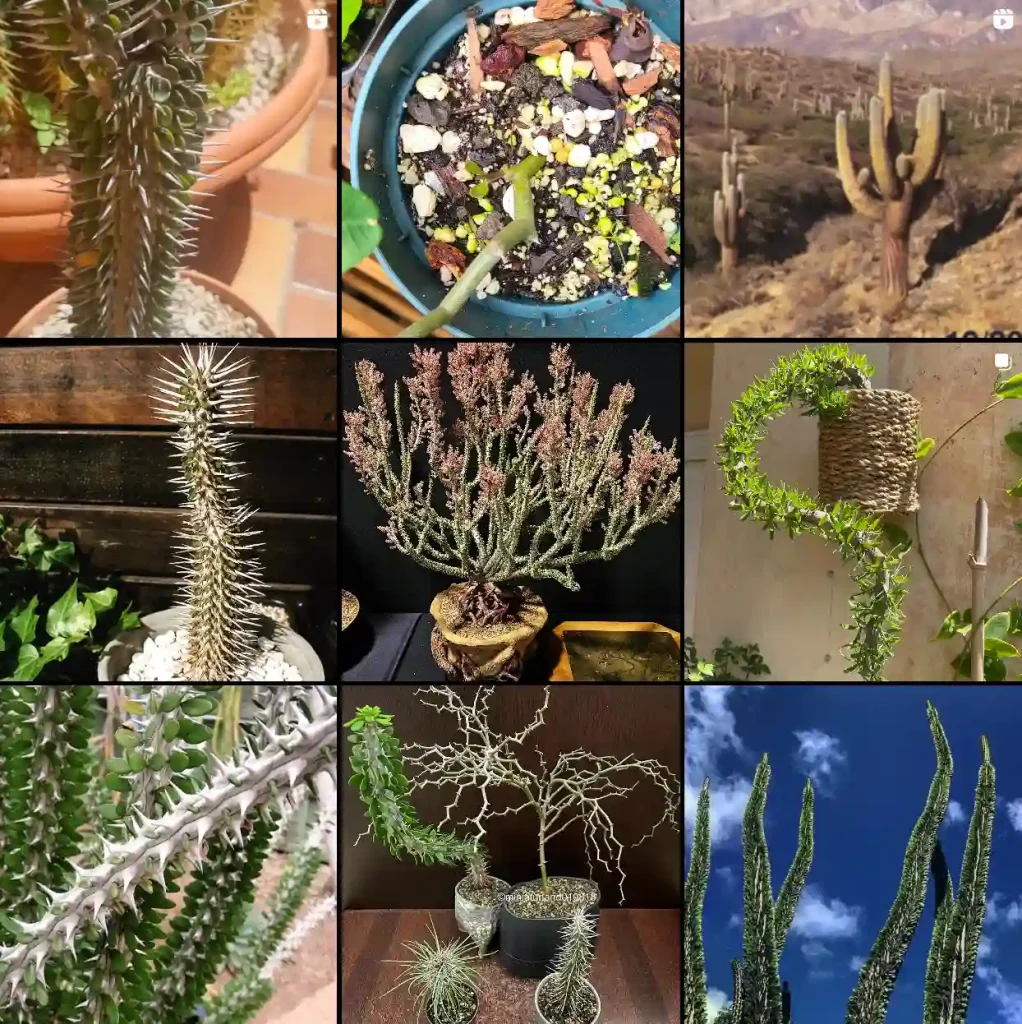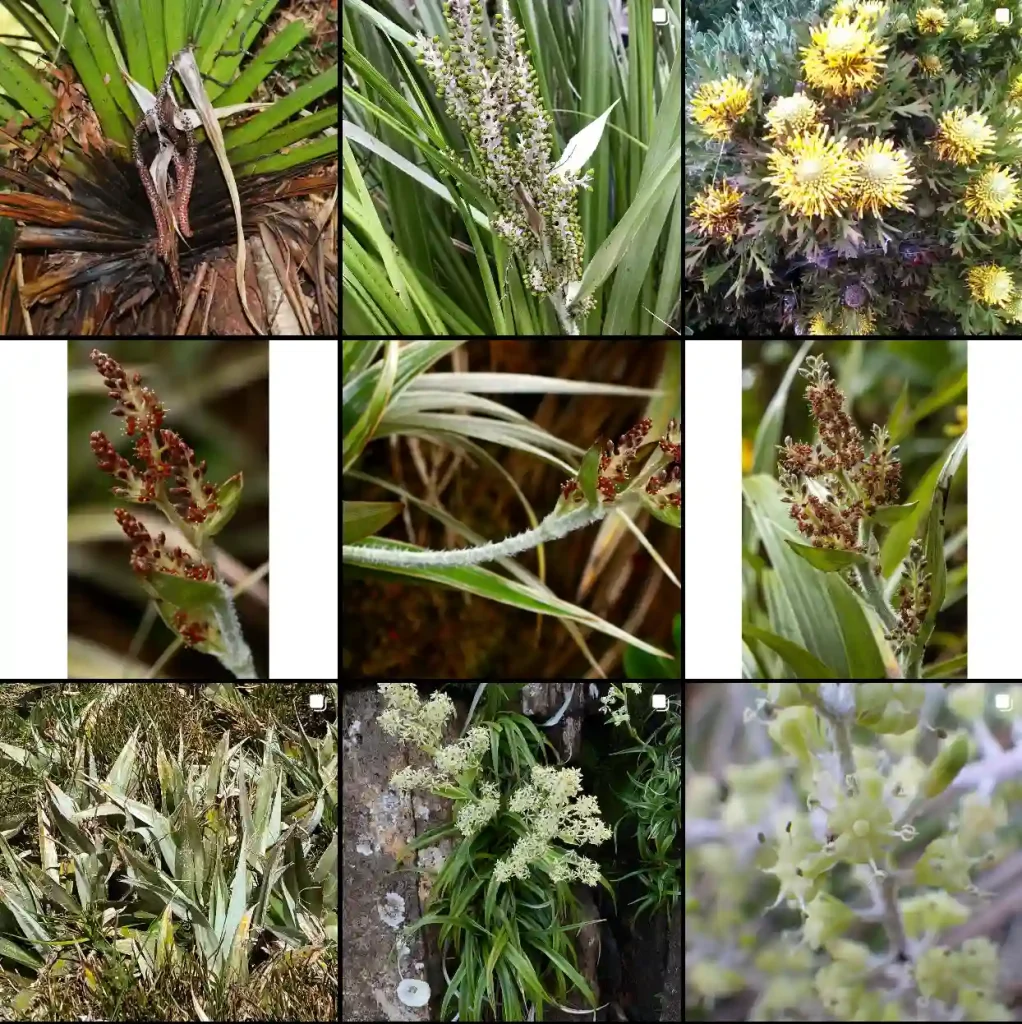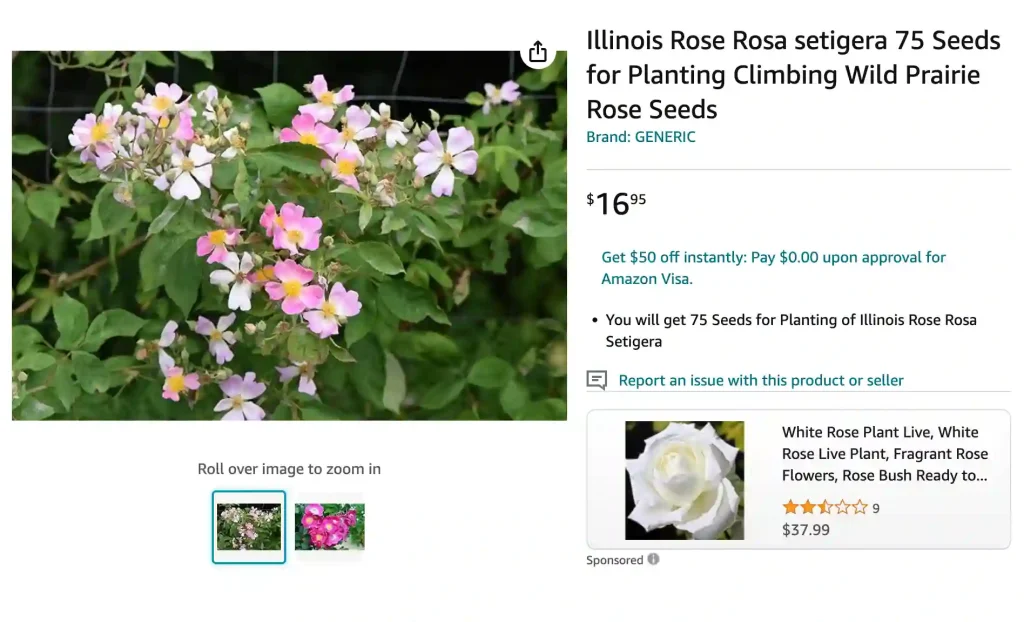
Rosa Setigera: Essential FAQs
As a passionate gardener, I’ve had the pleasure of growing various types of roses, and Rosa Setigera, commonly known as the Prairie Rose, has been a standout in my garden. If you’re considering adding this beautiful, hardy rose to your garden or are already nurturing one, you might have some common questions about its care. Here’s a comprehensive guide to help you with Rosa Setigera.
391 Species in Genus Rosa
What is Rosa Setigera?
Rosa Setigera, or Prairie Rose, is a native North American rose species known for its resilience and charming appearance. This climbing rose is native to the central and eastern parts of the United States. It’s admired for its pink blooms, which add a delicate touch to any garden. The Prairie Rose is also recognized for its ability to thrive in a range of soil conditions and its capacity to withstand various weather conditions.
How to Care for Rosa Setigera?
Caring for Rosa Setigera is relatively straightforward. It prefers full sun to partial shade and well-draining soil. While it’s quite adaptable, ensuring it has good air circulation around it can help prevent fungal diseases. Regular watering is essential, especially during dry spells, but be cautious not to overwater. A layer of mulch around the base can help retain moisture and suppress weeds.
When Does Rosa Setigera Bloom?
Rosa Setigera typically blooms from late spring to early summer. The blooming period can vary slightly depending on your location and the weather conditions. Its pink flowers are not only visually appealing but also attract pollinators such as bees and butterflies, making it a wonderful addition to any garden.
When to Prune Rosa Setigera?
Pruning Rosa Setigera is crucial for maintaining its health and promoting vigorous growth. The best time to prune is in late winter or early spring, just before new growth begins. This timing helps the plant to recover quickly and encourages a robust blooming season. When pruning, focus on removing dead or diseased wood and thinning out crowded areas to improve air circulation.
How to Prune Rosa Setigera?
Pruning Rosa Setigera involves a few key steps:
- Remove Dead or Diseased Wood: Start by cutting away any dead or diseased branches. This helps prevent the spread of disease and promotes healthier growth.
- Thin Out the Plant: Remove some of the older, thicker branches to allow sunlight to reach the inner parts of the plant. This encourages new growth and helps the plant maintain a good shape.
- Shape the Rose: Lightly shape the plant to maintain its form and ensure it doesn’t become too sprawling. Avoid heavy pruning, as Rosa Setigera doesn’t require drastic cuts.
How to Propagate Rosa Setigera?
Propagating Rosa Setigera can be done through cuttings. In late summer, take softwood cuttings from healthy plants. Dip the cuttings in rooting hormone and plant them in a well-draining potting mix. Keep them in a warm, sunny location, and they should develop roots in a few weeks. Once they are well-rooted, you can transplant them to their final location.
What to Plant with Rosa Setigera?
Rosa Setigera pairs well with other native plants and flowers. Consider planting it alongside coneflowers, black-eyed Susans, or lavender for a complementary look. These plants not only enhance the visual appeal but also support the local ecosystem by attracting pollinators.
Can You Grow Rosa Setigera Indoors?
Growing Rosa Setigera indoors is challenging due to its climbing nature and space requirements. It is best suited for outdoor gardens where it can spread and climb naturally. If you want to grow roses indoors, consider smaller varieties specifically bred for container life.
Is Rosa Setigera Toxic?
Rosa Setigera is not considered toxic to humans or pets. However, as with any plant, it’s wise to keep an eye on pets that may nibble on the foliage. While it’s generally safe, ingesting any part of the rose plant can cause mild digestive upset.
Benefits of Rosa Setigera
Rosa Setigera offers several benefits:
- Aesthetic Appeal: Its delicate pink flowers add beauty to any garden.
- Wildlife Friendly: It attracts pollinators, which are essential for a healthy garden ecosystem.
- Hardiness: Its ability to thrive in various conditions makes it a low-maintenance choice.
Common Problems with Rosa Setigera
Like all plants, Rosa Setigera can face some issues:
- Diseases: Watch out for fungal infections and aphids. Regular pruning and proper spacing can help prevent these problems.
- Pests: Keep an eye out for common rose pests like spider mites and scale insects. Neem oil or insecticidal soap can be effective treatments.
Comparing Rosa Setigera with Other Roses
When comparing Rosa Setigera to other roses, such as hybrid teas or floribundas, it’s clear that its rugged nature sets it apart. Unlike more delicate varieties, Rosa Setigera is particularly resilient to harsh conditions and requires less maintenance. If you’re looking for a hardy rose that can handle a bit of neglect, Rosa Setigera is an excellent choice.
By understanding these aspects of Rosa Setigera, you can ensure that this lovely rose thrives in your garden, bringing joy with its beautiful blooms and hardy nature.
If i die, water my plants!
